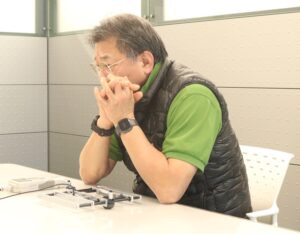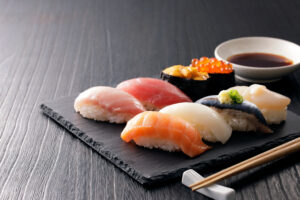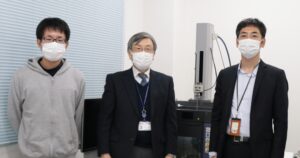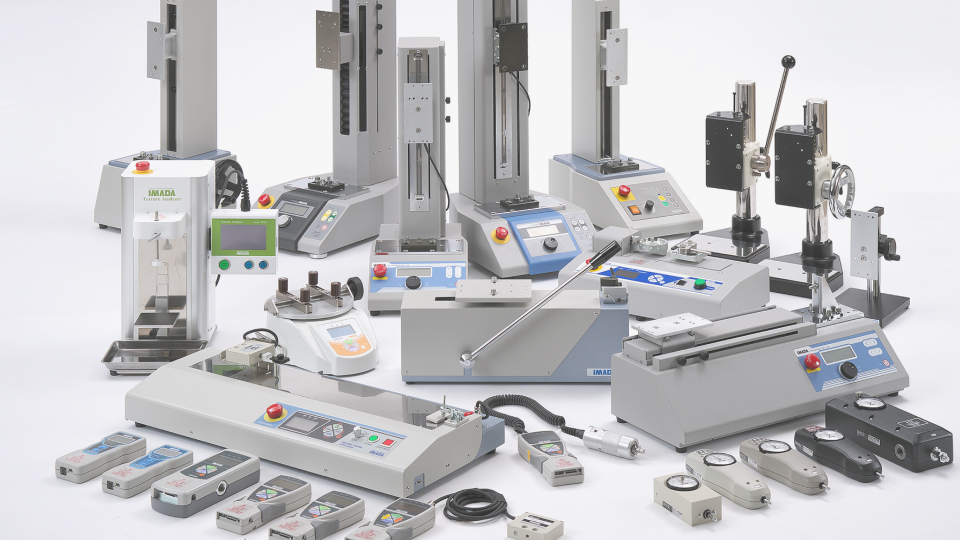“Wagyu” is a world-famous food ingredient that Japan is proud of, highly renowned both domestically and internationally. In addition to the well-known Kobe beef, and Matsusaka beef, since moving to Toyohashi, where IMADA is located, I have also started to hear about Tahara beef and Hamamatsu’s Mikkabi beef. Because of the often-mentioned term “Kuroge Wagyu,” I always imagined Wagyu cattle to be covered in black hair. However, it seems there are also rare cattle called “Japanese Brown Breeds” (also known as “Akaushi”) that have light brown hair. I visited the Faculty of Agriculture and Marine Science at Kochi University to learn about the “Tosa* Akaushi,” a rare breed that is only raised in Kochi Prefecture and has a population of only 2,400.
*Tosa is a former name of Kochi prefecture in southern part of Japan.)
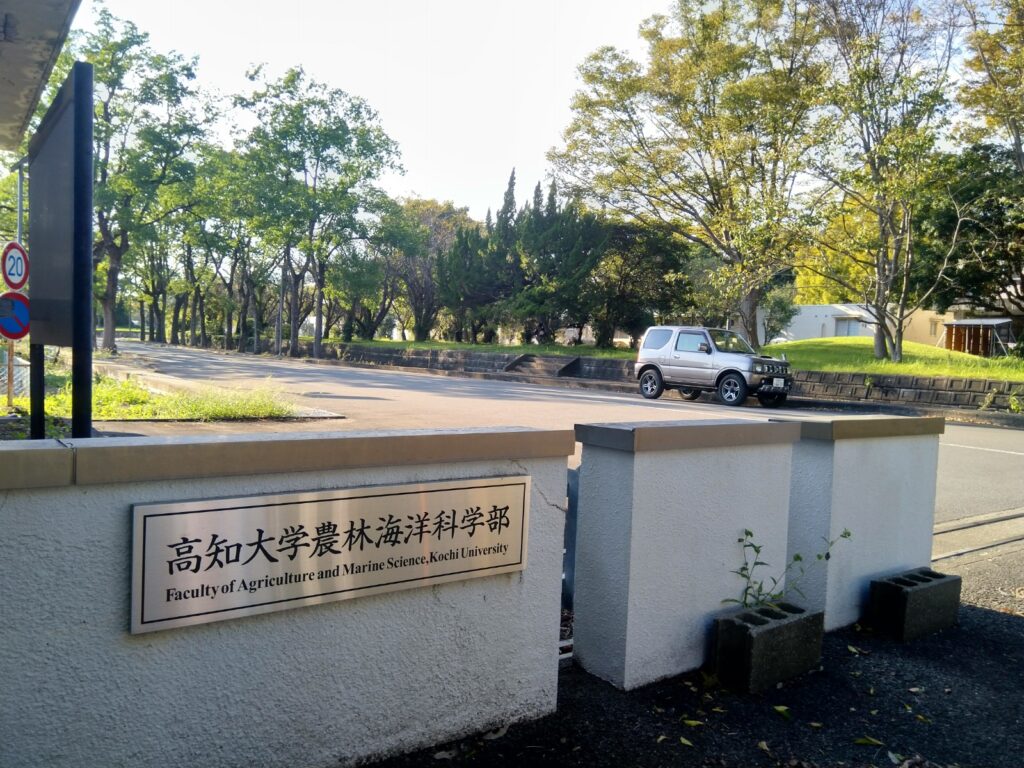
【The campus is conveniently accessible and located right in front of the airport.】
・To preserve the rare and treasured Wagyu
This time, we spoke with Associate Professor Matsukawa from the Faculty of Agriculture and Marine Sciences at Kochi University. His field of expertise is Theriogenology and Animal developmental biology, and he has been researching “Tosa Akaushi” at Kochi University for nearly 15 years.
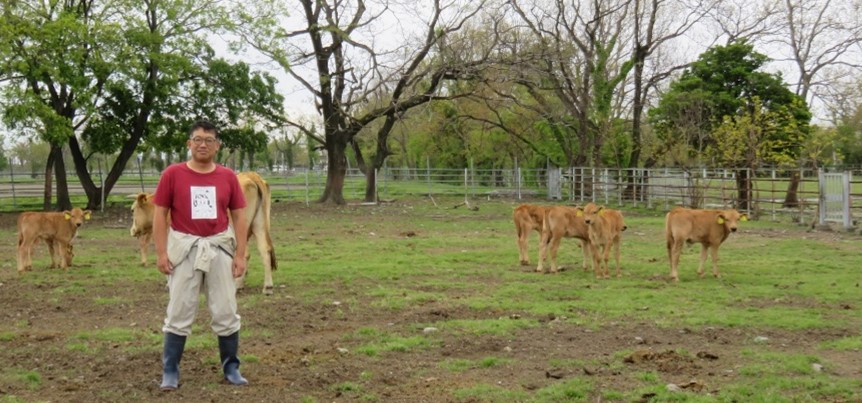
One of his research objectives is the preservation of the rare cattle breed “Tosa Akaushi,” which has a small population. Assoc. Prof. Matsukawa first contacted IMADA to use our rheometer for measuring the texture of artificial beef made from bovine cells. In addition to research aimed at preventing species extinction, such as studies on artificial beef from cultured cells and genetic resource preservation using freeze-drying technology, there are also studies aimed at increasing the number of “Tosa Akaushi.” These include practical research on decreasing operation process of cattle farmers and improving the quality of the beef as a food product, which contributes to increasing the income of producers.
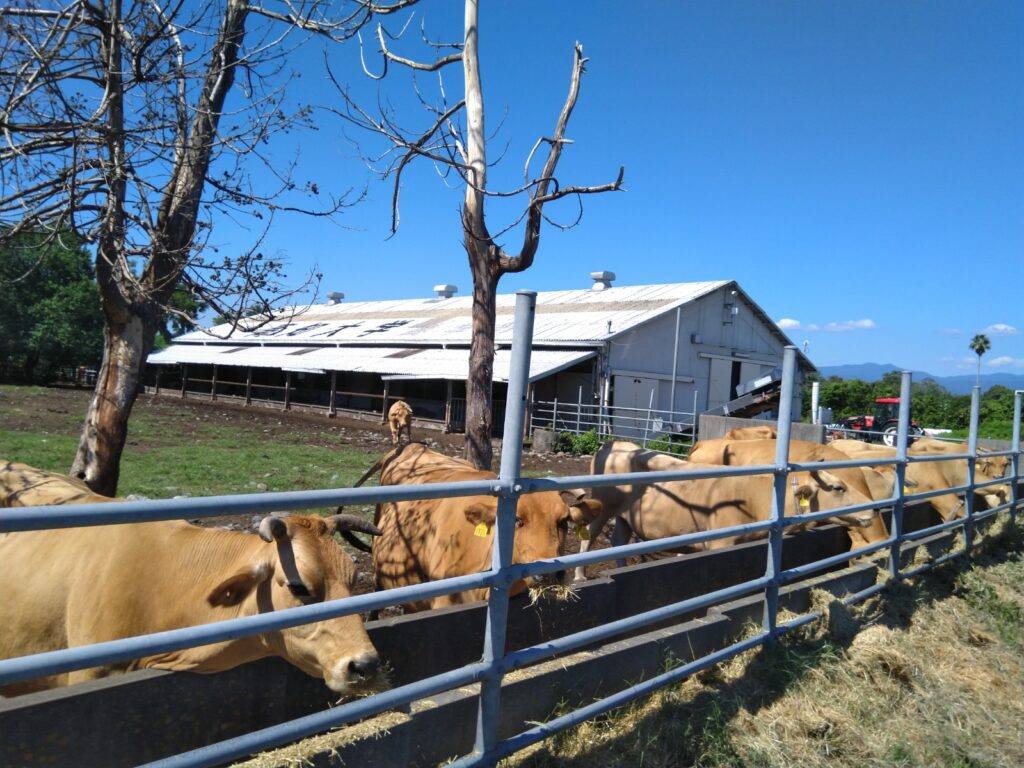
【Kochi University is raising about 90 Tosa Akaushi.】
・Tosa Akaushi is lean and healthy, yet still full of flavor and tender
Compared to Japanese Black breeds, Japanese Brown breeds have less marbling which leads to a better balance of lean meat and a high concentration of amino acids, resulting in healthier meat. The same applies to the meat of Tosa Akaushi.
In addition, the unique taste of Tosa Akaushi is its tenderness. They are raised on feed that includes “yuzu,” a representative agricultural product of Kochi, “Tosa Akaushi” beef is known to contain a high amount of oleic acid, an unsaturated fatty acid, resulting in a low melting point of the fat.
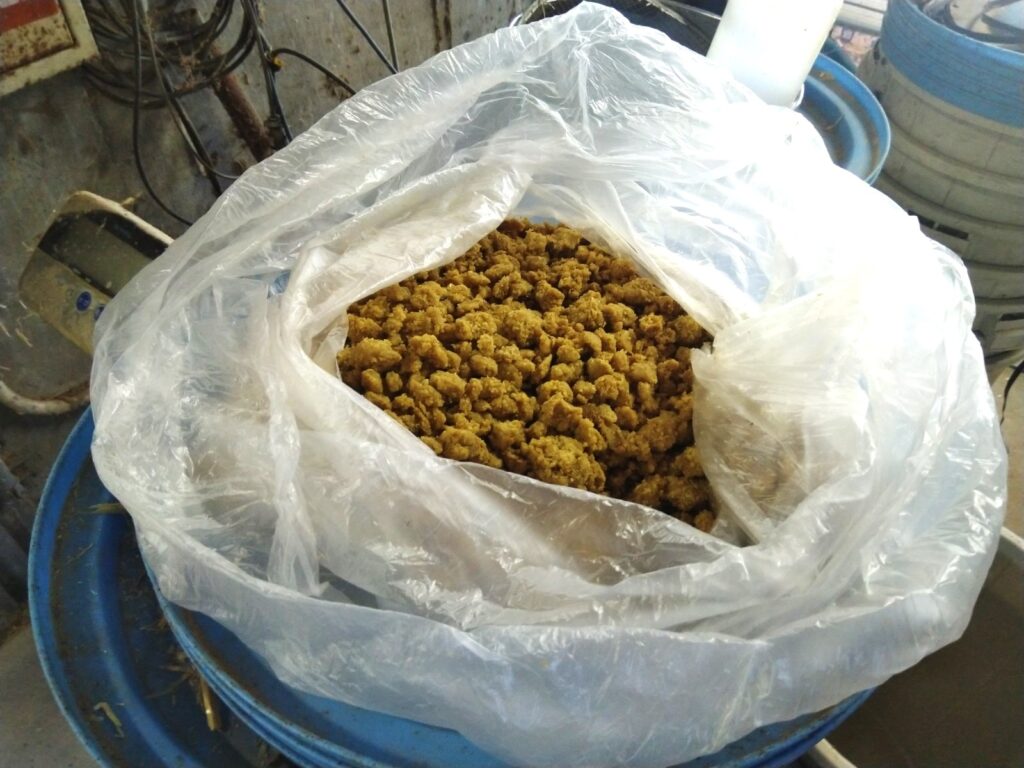
【Feed for Tosa Akaushi that includes yuzu】
A lower melting point of fat is thought to enhance the melt-in-the-mouth texture of beef. To demonstrate this, Assoc. Prof. Matsukawa’s team plans to measure the hardness of Tosa Akaushi and other beef using a rheometer.
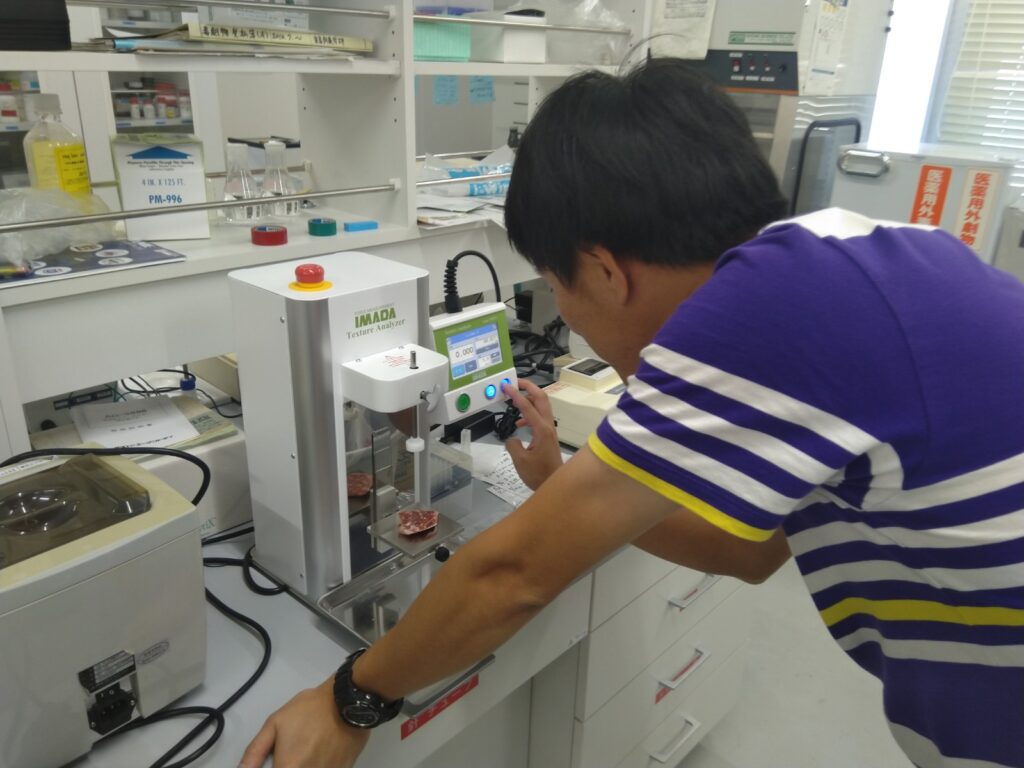
【Asst. Prof. Banno from the Matsukawa lab is measuring the hardness of beef using IMADA’s rheometer】
As previously mentioned, the meat of the Tosa Akaushi, Japanese Brown breeds, is often perceived as healthier due to its lower marbling compared to Japanese Black breeds, but it is also commonly thought to have a tougher texture. However, as shown in the table below, measurements using the rheometer in Assoc. Prof. Matsukawa’s lab show that both raw and cooked Tosa Akaushi and Japanese Black beef have similar hardness (=force value when a jig is pressed in).
| Breeds | Hardness(N) | Pressing Amount(㎜) |
|---|---|---|
| Japanese Black(Grilled) | 0.138 | 0.477 |
| Japanese Brown(Grilled) | 0.218 | 0.452 |
| Japanese Black(Raw) | 0.077 | 0.497 |
| Japanese Brown(Raw) | 0.071 | 0.497 |
【Hardness Measurements of Cultured Meat from Various Cattle Breeds Using a Rheometer】
In the future, they plan to compare different types of beef and cooking methods. They also intend to evaluate Tosa Akaushi raised on various feeds, providing an assessment from multiple angles.
I believe that Assoc. Prof. Matsukawa’s research holds various social significances, not only in protecting biodiversity but also in revitalizing the local economy and developing delicious, healthy food ingredients. As a company dedicated to supporting the local community, IMADA will continue to provide any support possible.
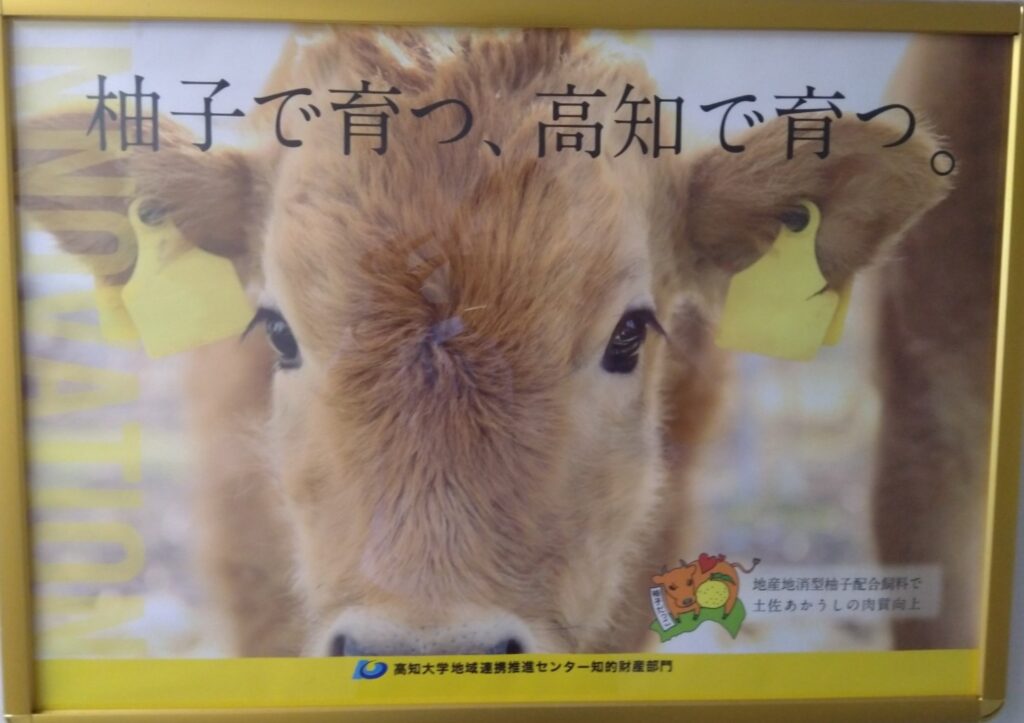
【Tosa Akaushi calf with a tagline of “ Raised by Yuzu, Raised in Kochi.”】
Learn about IMADA’s Corporate Mission & Culture, please click here.
For more details on Assoc. Prof. Matsukawa’s Tosa Akaushi project, please click here.
(Revitalizing!the Legendary Wagyu: The Tosa Akaushi Project)
★Editor’s Note
Due to its limited numbers, “Tosa Akaushi” is rarely distributed outside of major cities like Tokyo and Osaka, and certain parts of Kochi Prefecture. This business trip was only a brief day trip with a tight schedule, so I gave up trying the local cuisine as there was no time to visit the city center. Miraculously, I discovered a sandwich made with Tosa Akaushi that was the last one left at the airport!

I could not believe my luck and bought it right away!
The Tosa Akaushi meat, wrapped in a crispy coating, was as tender as I had heard. Especially the center of the beef cutlet, cooked to a medium-rare perfection, allowed me to savor the natural flavor of the meat, which was rich but with a refreshing aftertaste. I felt incredibly grateful for this stroke of luck and truly fortunate to have experienced it. I encourage everyone to seize the opportunity to try “Tosa Akaushi “ if you ever come across it.



